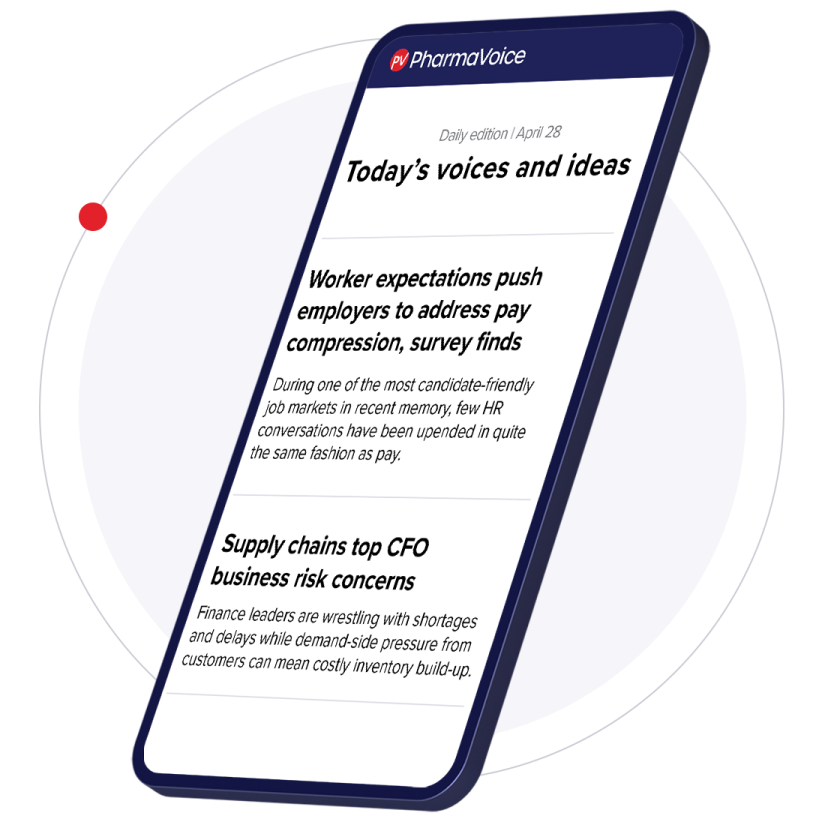The industry’s final months of 2025 could be action-packed as the FDA renders approval decisions on drugs that would be groundbreaking in their indications.
For some of pharma’s largest drugmakers, upcoming PDUFA dates could pave the way for new formulations of established industry juggernauts.
Merck & Co., for example, expects to find out if the subcutaneous form of its top-selling oncology treatment Keytruda will get a nod by Sept. 23, and hopes to launch the new formulation by Oct. 1. While Keytruda has been the industry’s biggest goldmine in recent years, the checkpoint inhibitor is also set to face generic competition around 2028. But a subcutaneous form could extend its market edge while easing administration for patients and providers.
Novo Nordisk similarly faces a market-altering decision as the FDA weighs its application for an oral form of the GLP-1 semaglutide. After soaring to astronomical sales heights with the semaglutide drugs Wegovy and Ozempic, the obesity and diabetes titan has been grappling with stronger headwinds this year, losing market share to Eli Lilly and facing slower revenue growth. The race to bring an oral option to patients is considered the next frontier that could decide who dominates the market in the years to come. The FDA is slated to render a decision in the fourth quarter.
For other companies, upcoming approvals could usher in drugs that are brand new. Here’s a look at breakthrough therapies that could get the go-ahead this year.
A do-or-die decision for Stealth
The Sept. 26 PDUFA date for Stealth Biotherapeutics’ ultra-rare disease treatment could ultimately decide the biotech’s fate.
Stealth has been on an up-and-down journey with the FDA since it originally submitted an application for elamipretide, a first-in-class mitochondrial targeted therapy for Barth syndrome. After receiving a rejection in May that “blindsided” the company, according to its CEO, Reenie McCarthy, the agency later accepted a new application.
Stealth is now gunning for accelerated approval based on an intermediate endpoint — extensor muscle strength — for a disease that can cause muscle weakness, heart failure or infections, and is often fatal.
If it succeeds, elamipretide would be the first approved treatment for Barth, which has a tiny patient population of about 150 in the U.S. The decision could also provide a regulatory bellwether for how the FDA handles approvals in the ultra-rare disease space.
But if it fails, Stealth, which is also testing the treatment in other conditions, could be forced to close its doors, a board chair from the Barth Syndrome Foundation recently told BioSpace.
Biohaven’s rare disease push
Biohaven had high hopes for its glutamate-targeting drug troriluzole, which it believes could target several conditions. But the company recently scrapped development plans for the drug in OCD after it failed a phase 3 trial.
Now, the treatment’s fate is being pinned on spinocerebellar ataxia, a rare and potentially life-threatening disease.
No other treatments have been approved for SCA, but trials of troriluzole have shown it can slow disease progression by 50% to 70%, the company said.
After extending the review time for troriluzole, the FDA plans to make a final call for the treatment in the fourth quarter. UBS predicted a 40% chance of success for troriluzole, which flunked its first phase 3 attempt for SCA in 2022, and peak sales of $840 million if approved.
A biotech matchup tackling a fatal disease
Patients with Menkes disease typically don’t survive beyond the first few years of life. But that prognosis could shift if the partnership between Fortress Biotech and Sentynl Therapeutics succeeds in getting a first-of-its-kind treatment across the finish line.
Menkes is caused by a mutation of the copper transporter gene ATP7A and afflicts up to 225 babies in the U.S. each year. The duo’s candidate, CUTX-101, demonstrated a “nearly 80% reduction in the risk of death” in clinical trials and works by delivering a subcutaneous injection formulation of copper histidinate.
Sentynl picked up CUTX-101 from a Fortress partner company, Cyprium Therapeutics, in a 2021 deal for $20 million. If approved, CUTX-101 is estimated to bring in about $19 million in annual revenue, according to GlobalData.
The FDA accepted the companies’ application in January and is slated to render a decision by Sept. 30.











